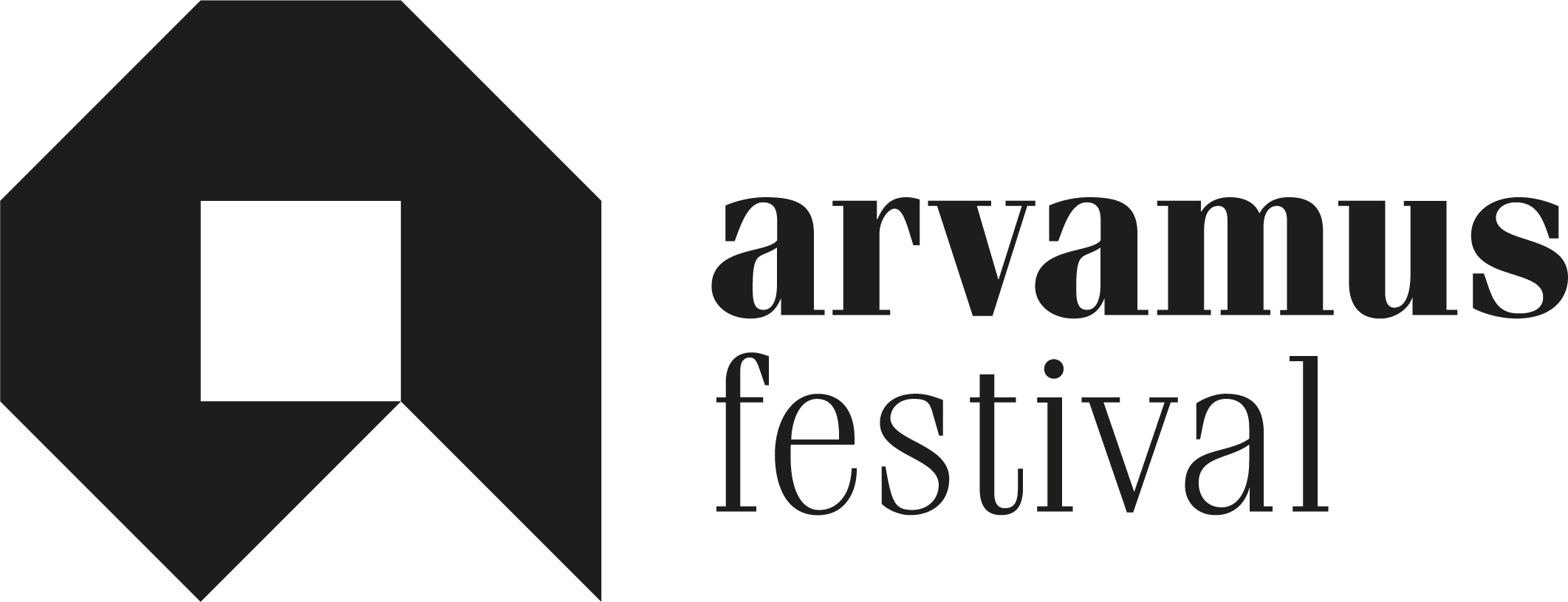How does it work? Format description
Expert versus audience or audience versus panel – a structured and moderated discussion with its own introduction and warm-up, and closing remarks and conclusions. Also called “free microphone”.
The moderator introduces both the topic and the speaker. Explains to the audience how to signal to get to the lectern to ask a question. In the “hot seat” there is an opinion leader or a representative of a position, the lectern is placed opposite the speaker, i.e. facing him, and people in the audience can step behind the lectern and ask their question.
At the end of the discussion, the moderator summarises the questions left in the air and the topics that were in focus during the discussion.
What do the participants in the discussion do?
Participants have the opportunity to step up to the lectern with their questions and ask them.
If there are invited speakers in the discussion, what do they do?
The discussant is someone who is an expert in their field or an opinion leader. The discussants can also be a panel of representatives of different opinions and experts.
What is the role of the moderator?
As preliminary work, it is necessary to find representatives and think about the warm-up, because just introducing the representatives is not enough. For a warm-up, audience involvement can again be raising hands or a discussion with a person sitting next to you about what questions I have in connection with this topic. Closing remarks/summary should be formulated based on the discussion that took place.
Number and profile of participants in the discussion?
The number of participants is not limited.
Preliminary and follow-up work: what larger process is a discussion built in this way suitable for?
Can be used as part of very different processes – for strategies, development plans and other involvement processes, for example.
If you feel you need advice on choosing or applying a discussion format, please contact your discussion area coordinator.
